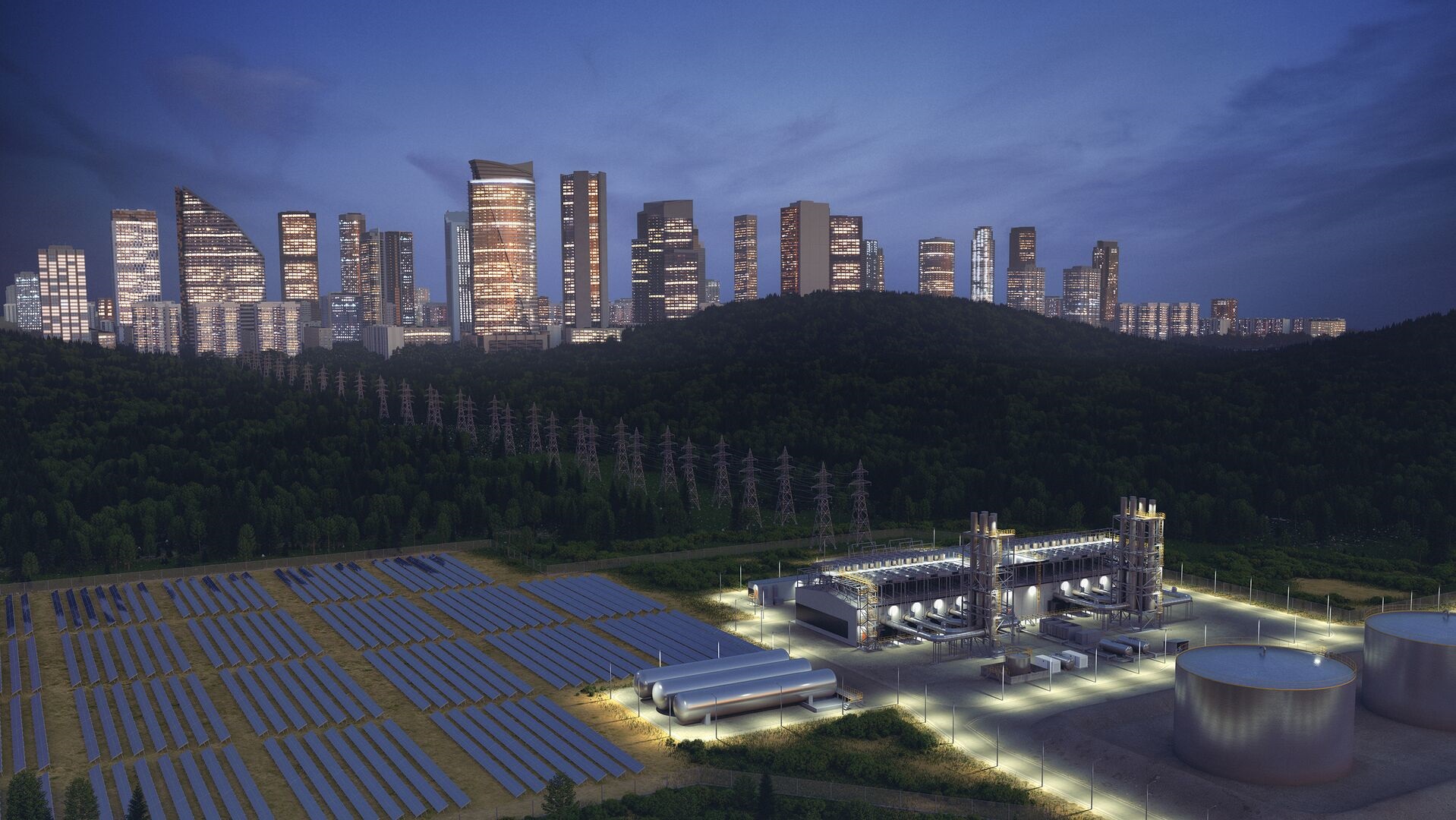

What does an optimal power system look like?
Each moment that ticks by is a reminder of the potential of a single second. Within each second and decision lies an opportunity to accelerate the decarbonisation of energy.
If we want to achieve our net zero targets, decisions need to be sped up and policies need to change in many parts to accelerate the transition to renewable power systems.
Wärtsilä Energy. Let's connect.


